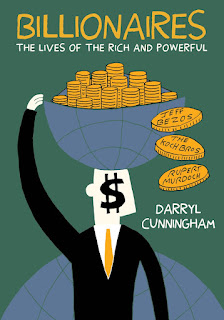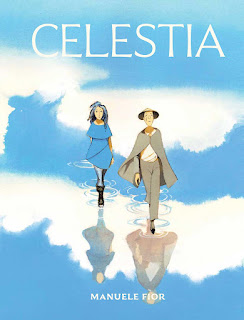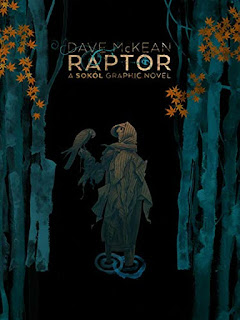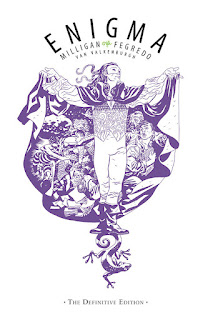Billionaires by Darryl Cunningham
Billionaires is a long, detailed book, with many more words than you’d expect for a graphic novel, and a long list of sources at the end – a well-researched and carefully-organized work of non-fiction. So my post here may be less detailed; any questions raised by the book will be best answered by the book.
Darryl Cunningham makes non-fiction comics, I think – the book I’ve previously seen by him was titled How To Fake a Moon Landing in the US (and less puckishly in his native UK), and his bio in this book lists several other similar titles. From what I’ve seen, he’s not entirely serious – there’s a thread of humor here, mostly in commentary about events, or in how he draws things – but his purpose is essentially serious, and, in this book, mostly a warning.
This is a book, broadly, about how massive concentrations of wealth tend to degrade and destroy both democratic institutions and human lives, and, more specifically, about four very very rich men and how they have demonstrably made the world worse while they also accumulated massive amounts of money for themselves.
The four are Rupert Murdoch, the media mogul and owner of Fox News; Charles and David Koch, the oil & gas magnates, libertarian nutbars and founders/funders of most of the most corrosive institutions of the American right wing; and Jeff Bezos, founder of Amazon and the single most destructive influence on the American working life of the past generation.
They’re all horrible in their own ways, though I tend to think Cunningham has arranged them in order of decreasing horribleness. Murdoch is a nasty old bastard whose creation was central in the near-coup that is still resonating in American life, and which has been proven, repeatedly, to make its habitual viewers stupider, worse informed, and more prone to radical violence. The Kochs have an even longer-term corrosive effect, made worse by the intellectual sheen they put on the brute selfishness of their libertarianism, and have been important for decades in climate-change denial that may well lead directly to the deaths of millions of people worldwide. Bezos, by comparison, is just a normal unpleasant tycoon: driven, obnoxious, with stupid manias (space travel!) and the usual mix of arguable benefits to the world (get things in a day from one retailer anywhere!) that come with obvious unpleasant side effects (horrible working conditions for both white and blue-collar workers! destruction of myriad competitors who provided jobs and careers and ownership for huge numbers of people! low-key demands for government handouts for new offices!).
Cunningham also says, near the end, that he could have done a similar book about lefty billionaires, which I think is at least partially disingenuous. That book might be clearer on how any billionaires, even ones who try to support charity as they get older and mellower (see: Bill Gates) are bad for democracy and everyone poorer than they are, but it would not have the frisson of these four very horrible people doing their very horrible things. Evil billionaires make a better case than vaguely neutral ones, or even inadvertently-destructive ones. And at least three of these four are very much evil billionaires.
This book may make you want to sharpen your guillotine and start gathering cobblestones for barricades, which is no bad thing.
Reposted from The Antick Musings of G.B.H. Hornswoggler, Gent.




















































